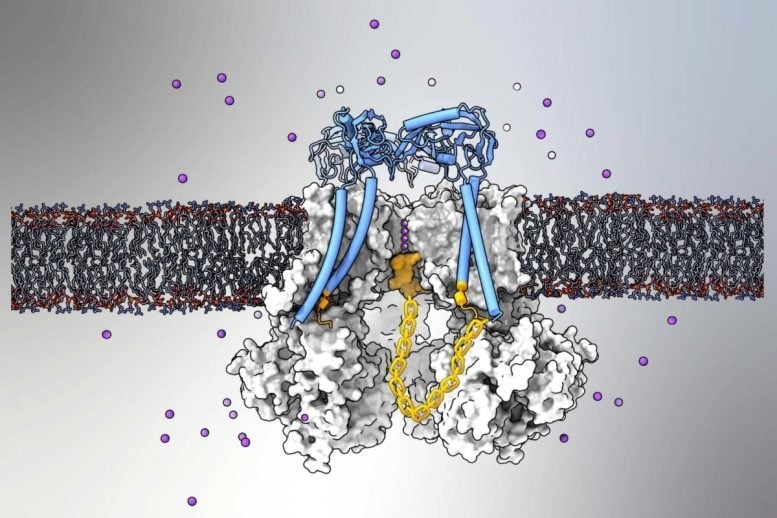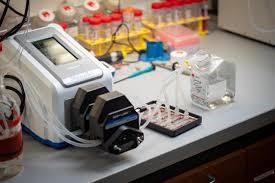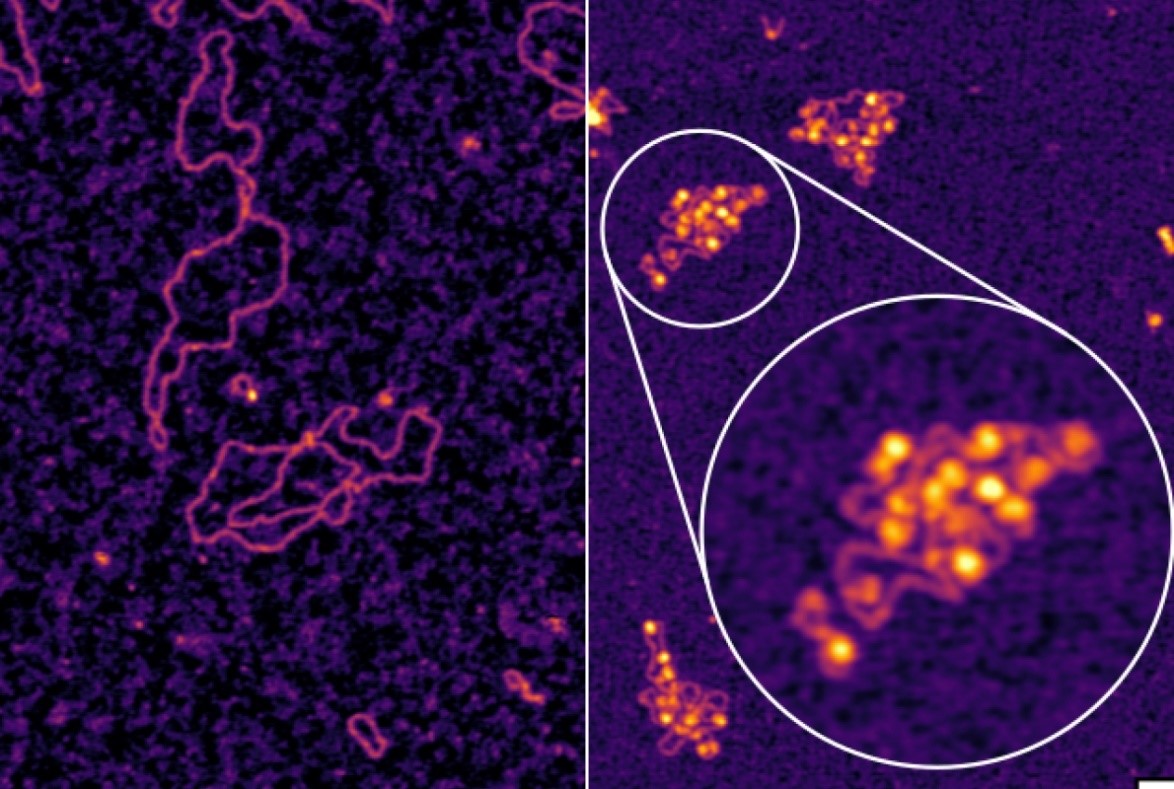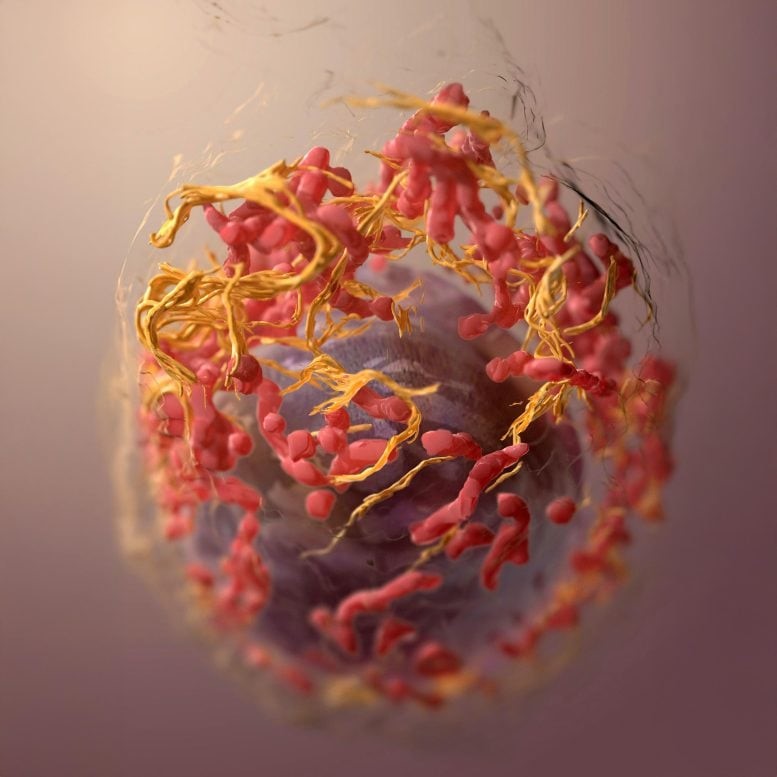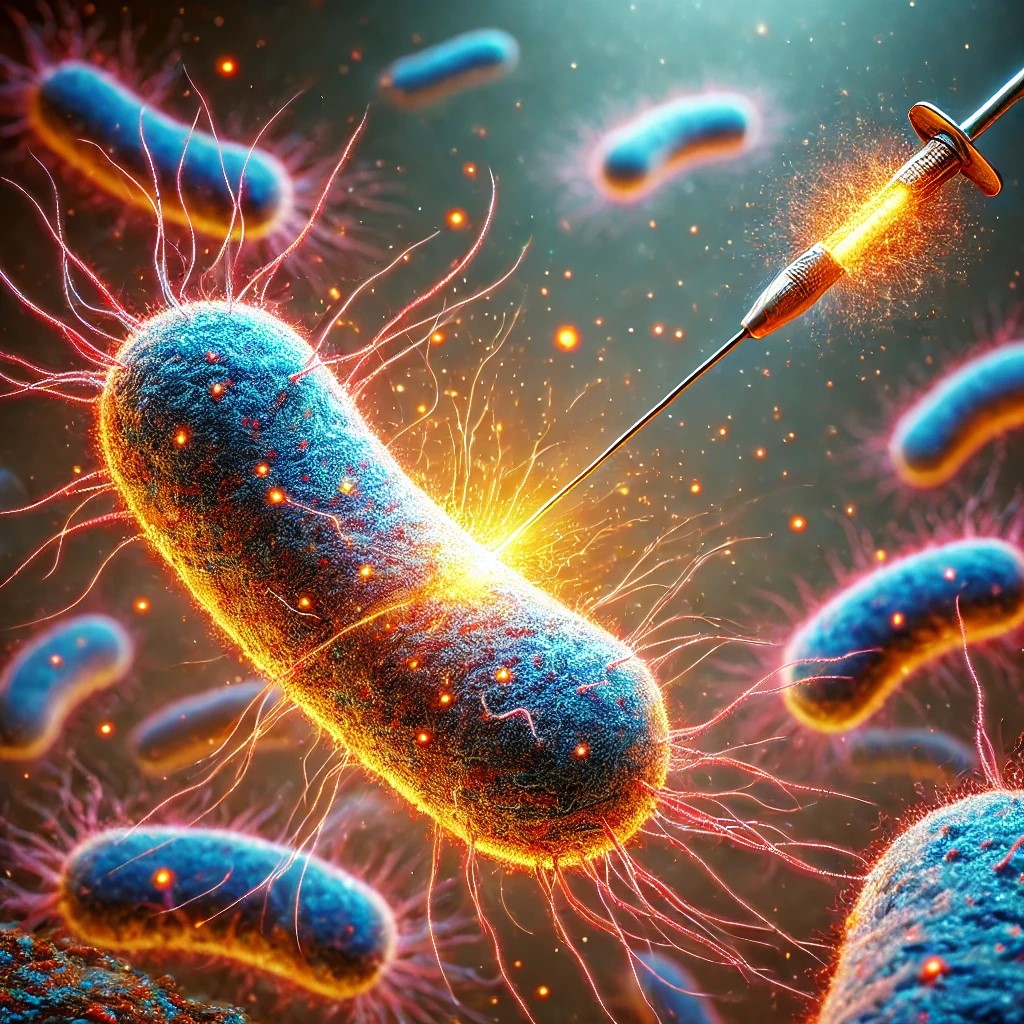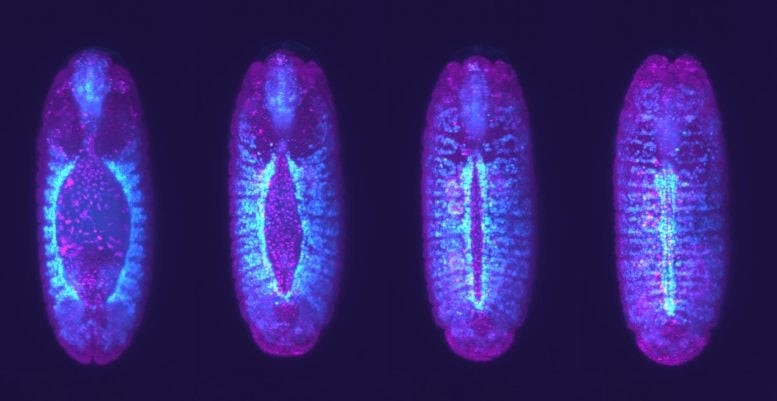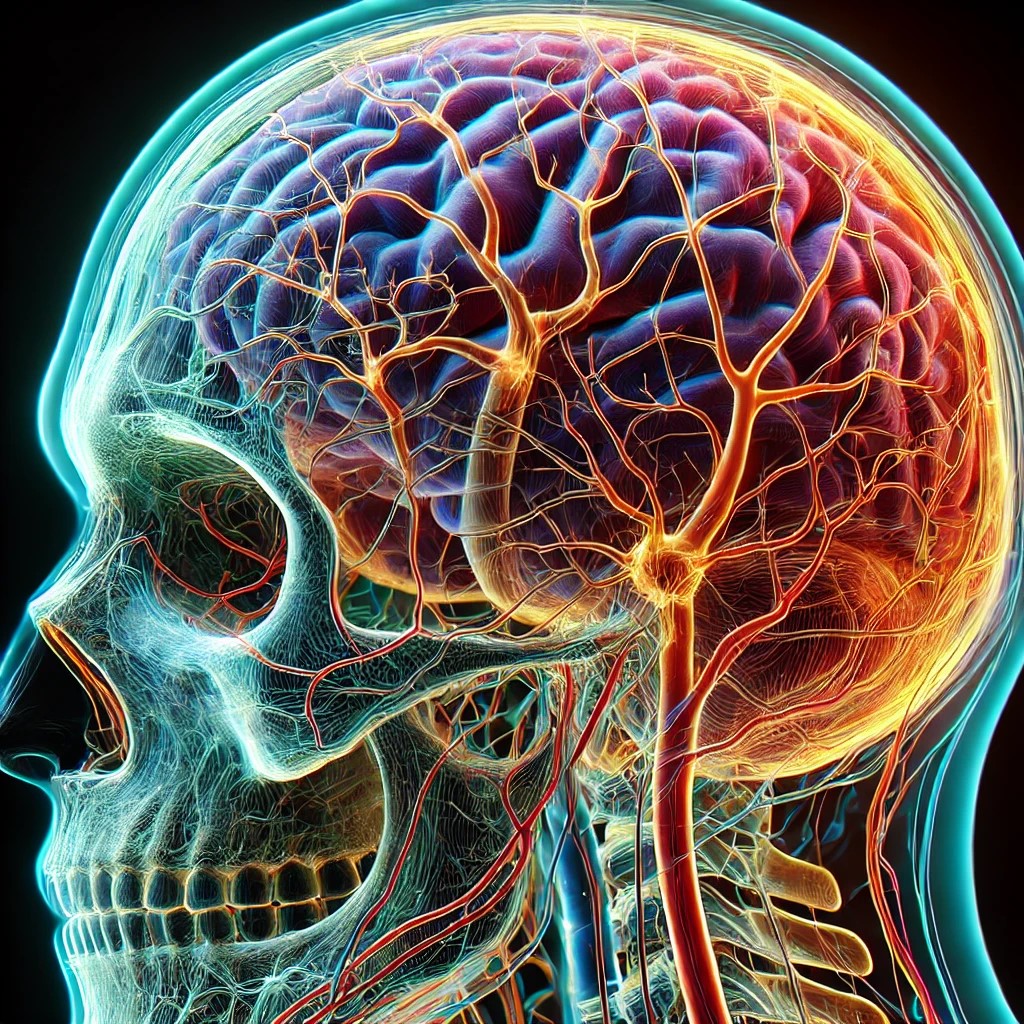Scientists Uncover Mysterious New Brain Cells That May Revolutionize Alzheimer’s Treatment
Researchers Identify ‘Ovoid Cells’ That Could Unlock New Treatments for Alzheimer’s and Other Brain Disorders
Our ability to remember and recognize familiar objects — like family photos or travel mementos — is deeply tied to our sense of identity. However, memory can fade due to neurological conditions like Alzheimer’s disease, impacting daily life.
A groundbreaking study from the University of British Columbia’s (UBC) Faculty of Medicine, published in Nature Communications, has revealed the existence of a previously unknown type of brain cell called ovoid cells. These cells appear to play a crucial role in object recognition and memory retention.
This discovery could revolutionize how scientists approach the treatment of Alzheimer's, epilepsy, and other brain disorders, potentially paving the way for new therapeutic strategies to preserve memory and cognitive function.
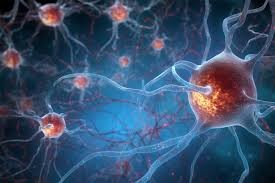
Figure 1.Alzheimer’s Disease
Known as ovoid cells, these highly specialized neurons activate whenever we encounter something new, initiating a process that encodes those objects into memory. This mechanism enables us to recognize those objects even months — or possibly years — later. Figure 1 showss Alzheimer’s disease.
“Object recognition memory is fundamental to our identity and how we engage with the world,” said Dr. Mark Cembrowski, the study's senior author and associate professor of cellular and physiological sciences at UBC, as well as an investigator at the Djavad Mowafaghian Centre for Brain Health. “The ability to recognize whether an object is familiar or new can influence everything from survival to daily functioning, making this discovery highly significant for understanding and treating memory-related diseases and disorders.”
Hidden in Plain Sight
Named for their distinctive egg-like shape, ovoid cells exist in relatively small numbers within the hippocampus of humans, mice, and other animals [1]. Despite their scarcity, these cells may hold the key to understanding how we recognize and remember objects.
mice, and other animals [1]. Despite their scarcity, these cells may hold the key to understanding how we recognize and remember objects. Adrienne Kinman, a PhD student in Dr. Mark Cembrowski’s lab and the study’s lead author, first discovered the unique nature of these cells while analyzing a mouse brain sample. She noticed a small cluster of neurons with highly distinctive gene expression, setting them apart from other cells.
“They were right there in plain sight,” Kinman said. “But upon further analysis, we realized these cells were fundamentally different from other neurons — in their cellular structure, function, and neural circuitry.”
To uncover the role of ovoid cells, the research team genetically modified the cells in mice to glow when activated. Using a miniature single-photon microscope, they observed the cells in real time as the mice explored their surroundings.
The results were striking — the ovoid cells became highly active when the mice encountered a new object. However, as the mice grew familiar with the object, the cells stopped responding, indicating the object had been stored in memory.
“What’s fascinating is how intensely these cells react when exposed to something unfamiliar,” Kinman explained. “It’s rare to see such a clear, direct connection between cell activity and behavior [2]. Even more remarkable is that the cells retained the memory of a single object encounter for months — an unusually long retention time for mice.”
Unlocking New Insights for Alzheimer’s and Epilepsy
The discovery of ovoid cells could open new avenues for understanding and treating brain disorders. Researchers believe that disruptions in the activity of these cells — either overactivation or underactivation — may contribute to memory-related conditions such as Alzheimer’s disease and epilepsy.
The team now plans to investigate whether stabilizing the function of ovoid cells could help alleviate symptoms or slow down the progression of these neurological disorders. This breakthrough discovery offers hope for future treatments that could restore memory function in individuals affected by these conditions.
References
- https://www.nature.com/articles/s41467-025-56260-8
- https://scitechdaily.com/scientists-discover-mysterious-new-brain-cells-that-could-change-how-we-treat-alzheimers/
Cite this article:
Keerthana S (2025),Scientists Uncover Mysterious New Brain Cells That May Revolutionize Alzheimer’s Treatment,AnaTechMaz,pp. 339








